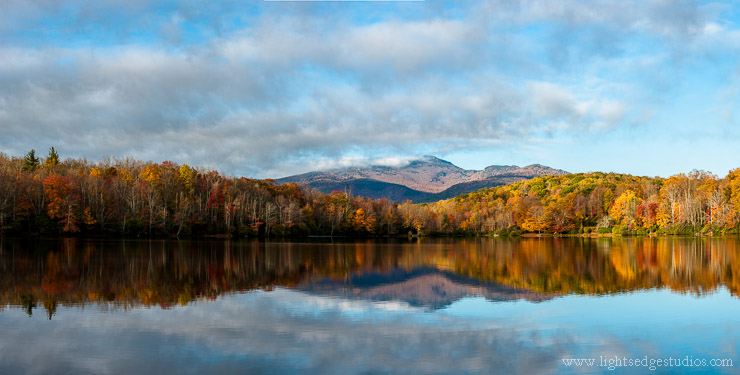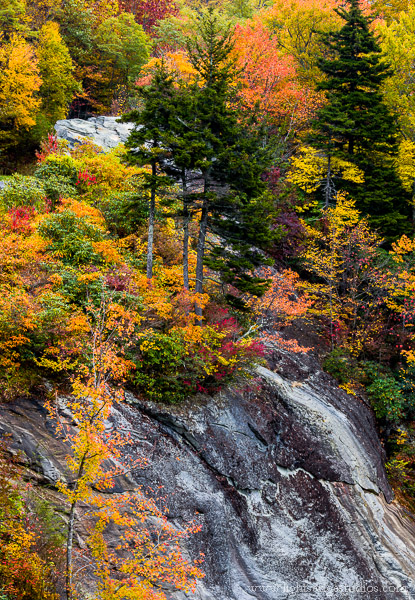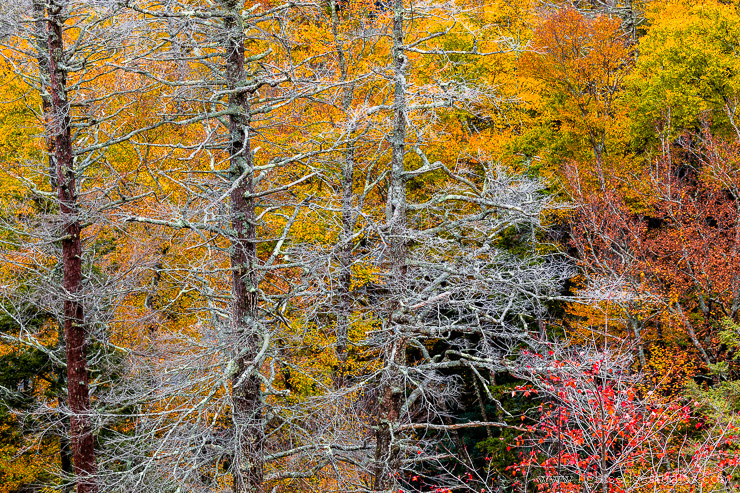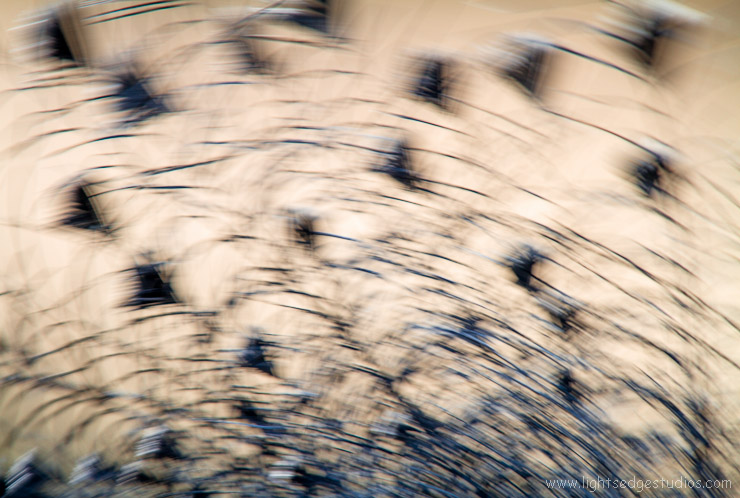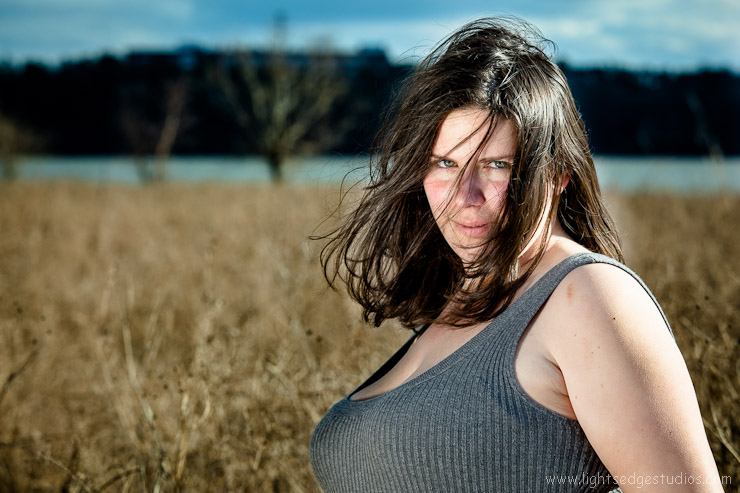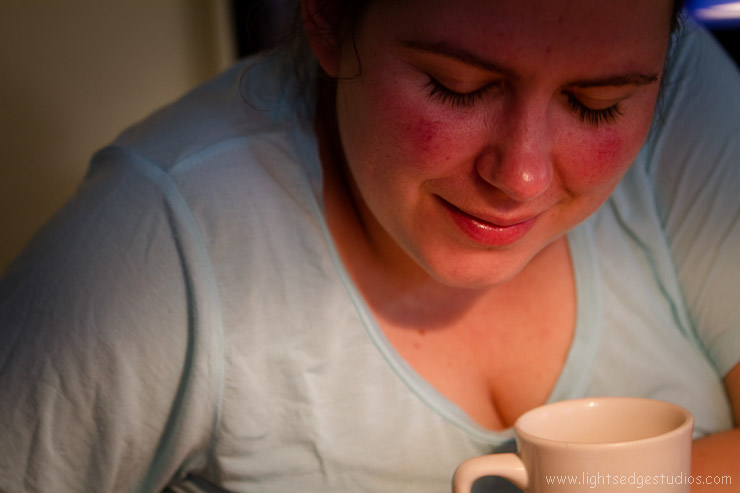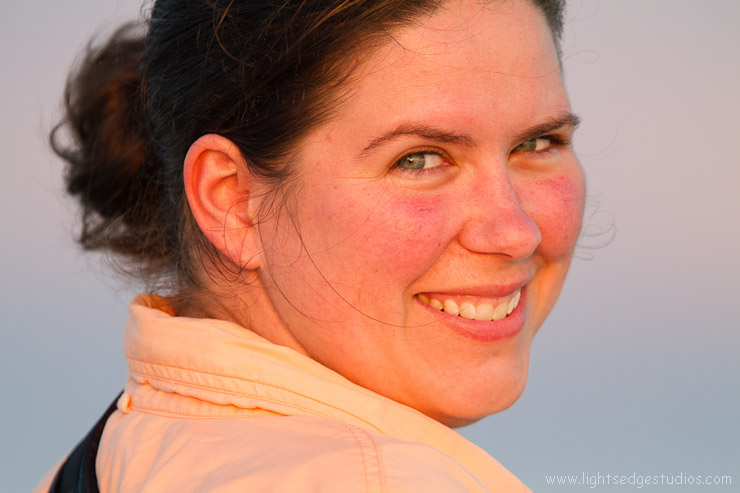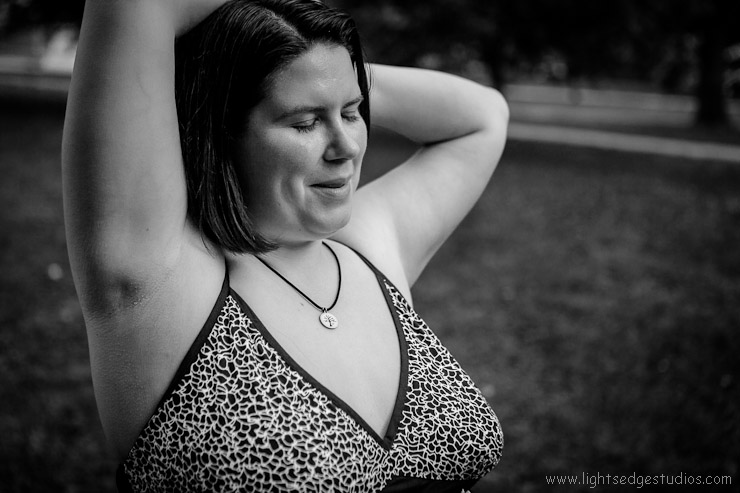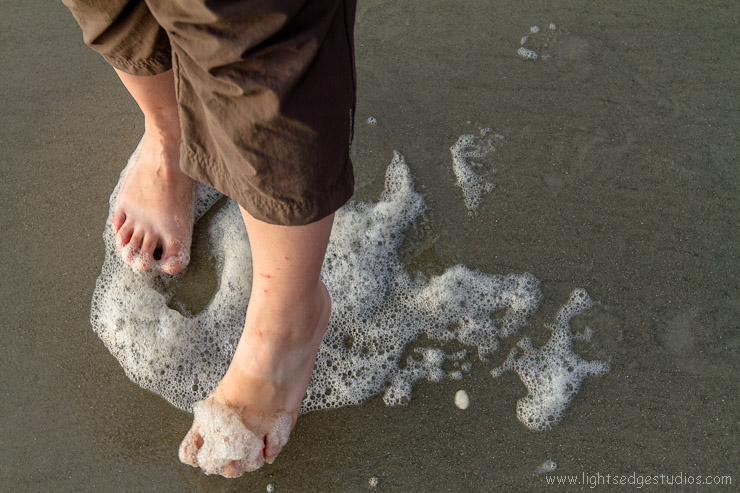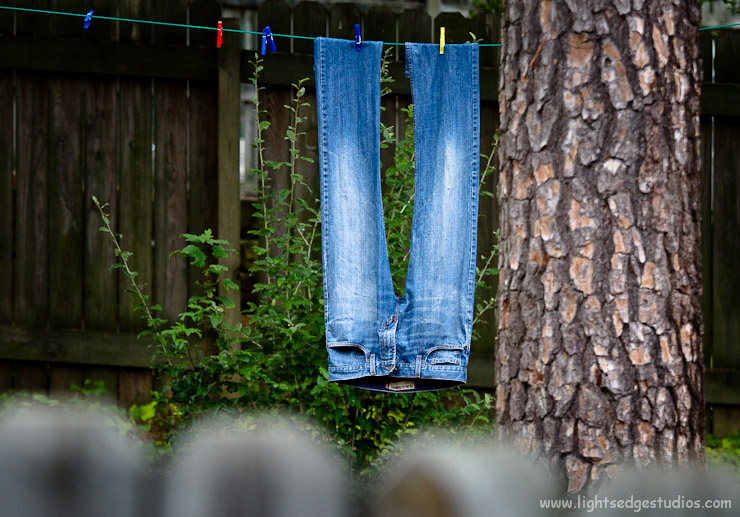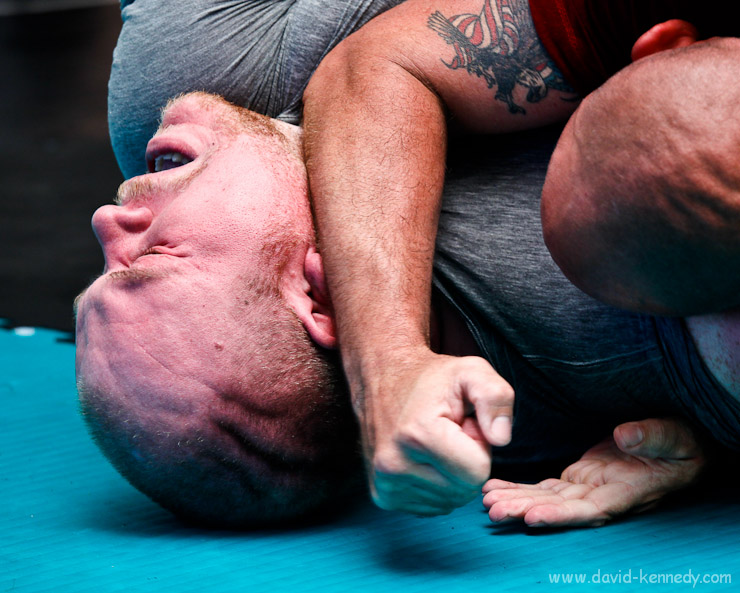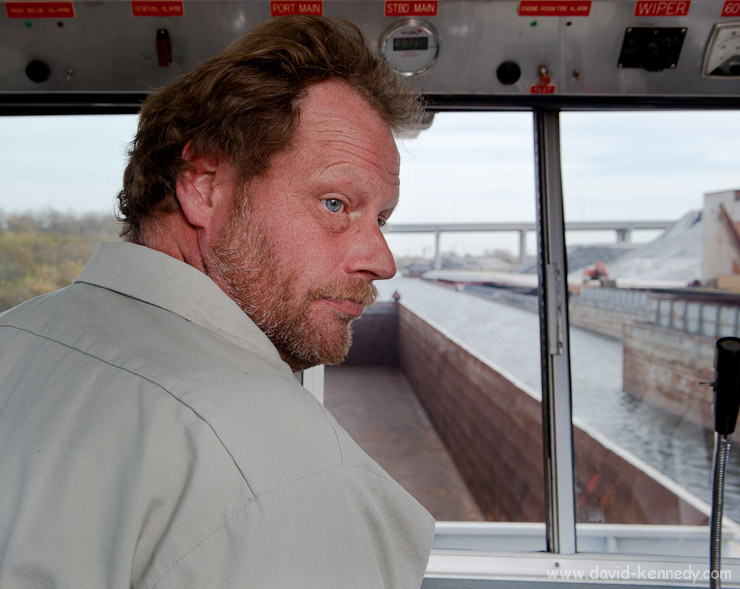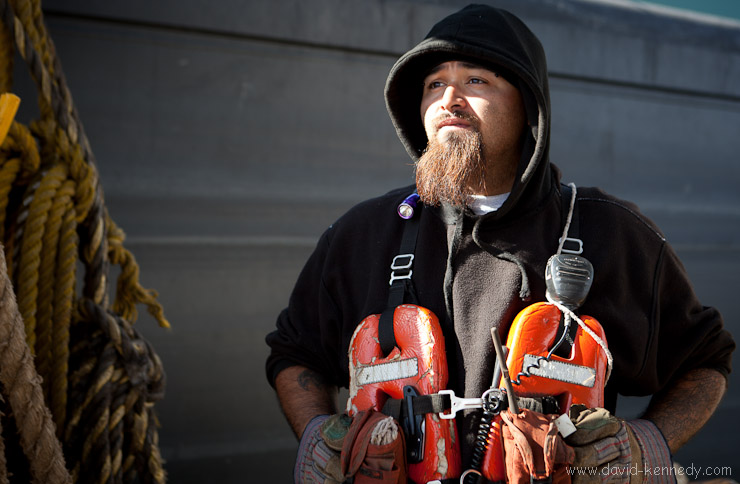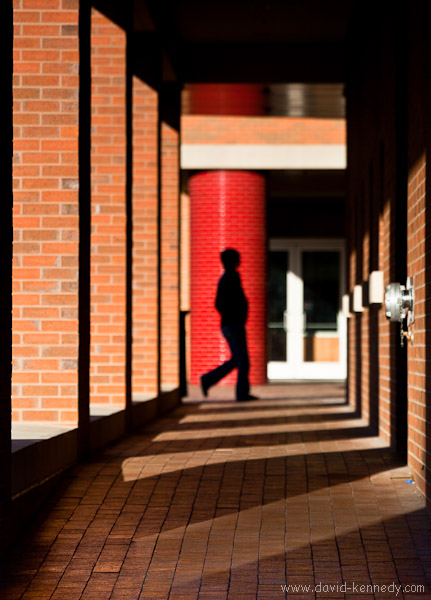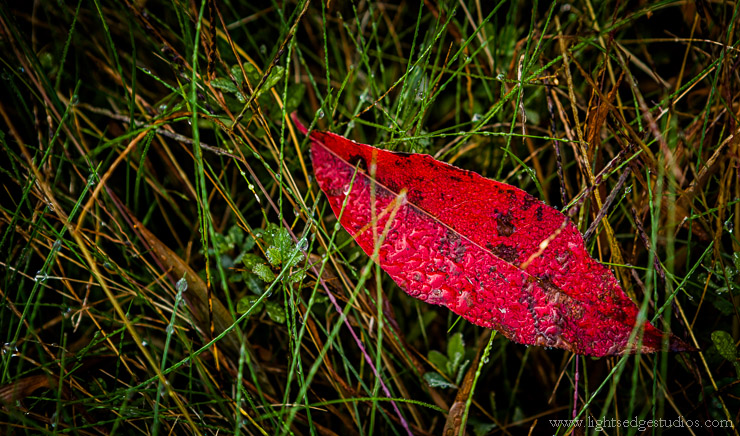
Since it was launched in 2007, I have been an avid user of Adobe’s Lightroom. One of the things that I have loved about the strengths of the “Develop” module (also called Camera RAW in Photoshop, as they share the same engine) is that I have felt progressively less need to port an image into Photoshop for further enhancement. This has been especially true since version three onward, as the local enhancements offered by the brush and gradient tool have made selections very easy. Need to brighten the bride’s face but keep the dress the same value? No problem, just use the brush. Photoshop? Why bother.
I realize I’m likely the last person to get on board the Nik Software bandwagon (especially since even Google decided that it was a good one to hop onto….or guide into its garage, if we continue that metaphor). Because we don’t really know what that acquisition means, re-sellers are steeply discounting the existing lineup of products. I tried their demo of HDR Efex a while back and was impressed, and decided to roll the dice and pick up their entire collection for Lightroom. The disadvantage for some people is that this product cannot be launched from inside of Photoshop: instead, you create a copy of the image as a TIFF file and port it into whichever Nik program you’ve selected. Since I’m avoiding Photoshop for the most part, this approach doesn’t phase me.
For making color images, Viveza 2 and Color Efex 4 are a pretty amazing combination. Over the last few days I’ve developed a workflow of adjusting my images globally in Lightroom, and then working on local contrast in Viveza. If I want the foliage of the trees to be more subdued to make the bare branches of the foreground trees to stand out, it’s easy to do. No more near-impossible layer masks in Photoshop!
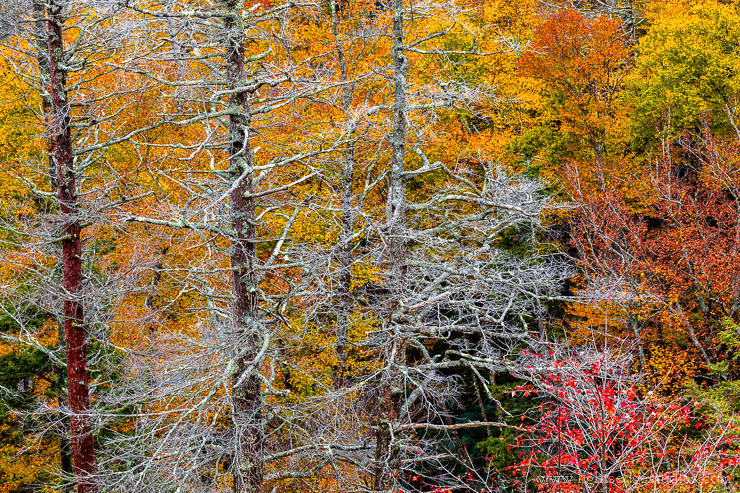
I have posted this image before; while it is similar to the original, the trees stand out more. And going forward, I can only see advantages to using Nik software whenever my goal is to make tonal changes to ranges of color. No, I would not suggest using these programs for every image. But for those that have commercial value, I can see only advantages. Below is a series of three panoramas. The first was the result of stitching in Photoshop, but all of the toning had taken place as global adjustments on the RAW files within Photoshop. Beneath that is the result of toning the image in Viveza 2, and the final photo is the finished product from Color Efex 4. Each round of processing builds on the previous.
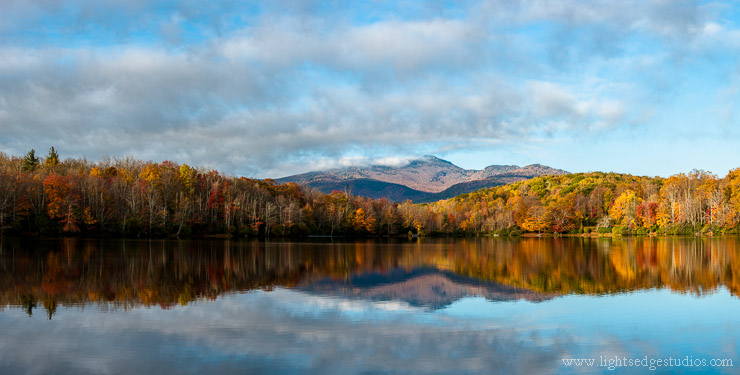
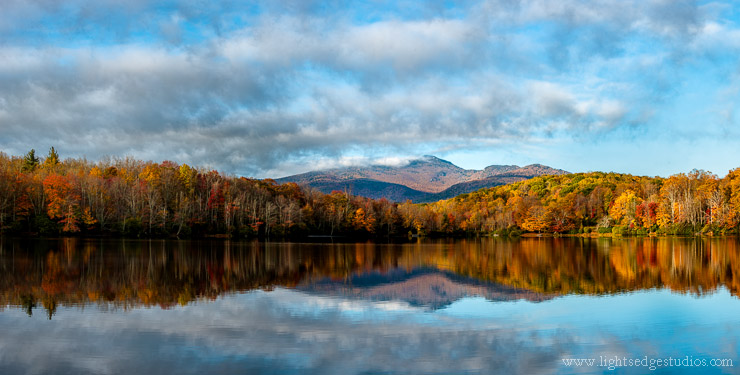
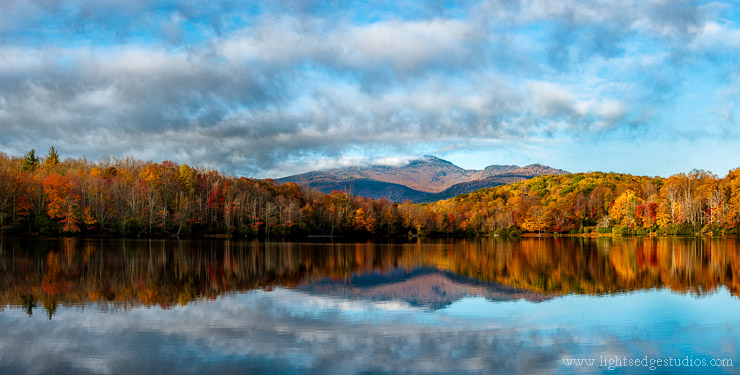
To my eyes, the key differences in these images can be found in the quality of the clouds and the colors and details of the reflection, especially in the treeline. I don’t think that this software is for everyone, and some may wish to hold off on purchase until Google makes some sort of announcement to detail what kind of support will be extended to current users as they go forward. For me, this is a worthwhile process for anything I rank three stars or higher, as well as some of my two star photographs.
More thoughts to come, as well as mini reviews of the 5D Mark III and LensAlign’s new software, Focus Tune!
